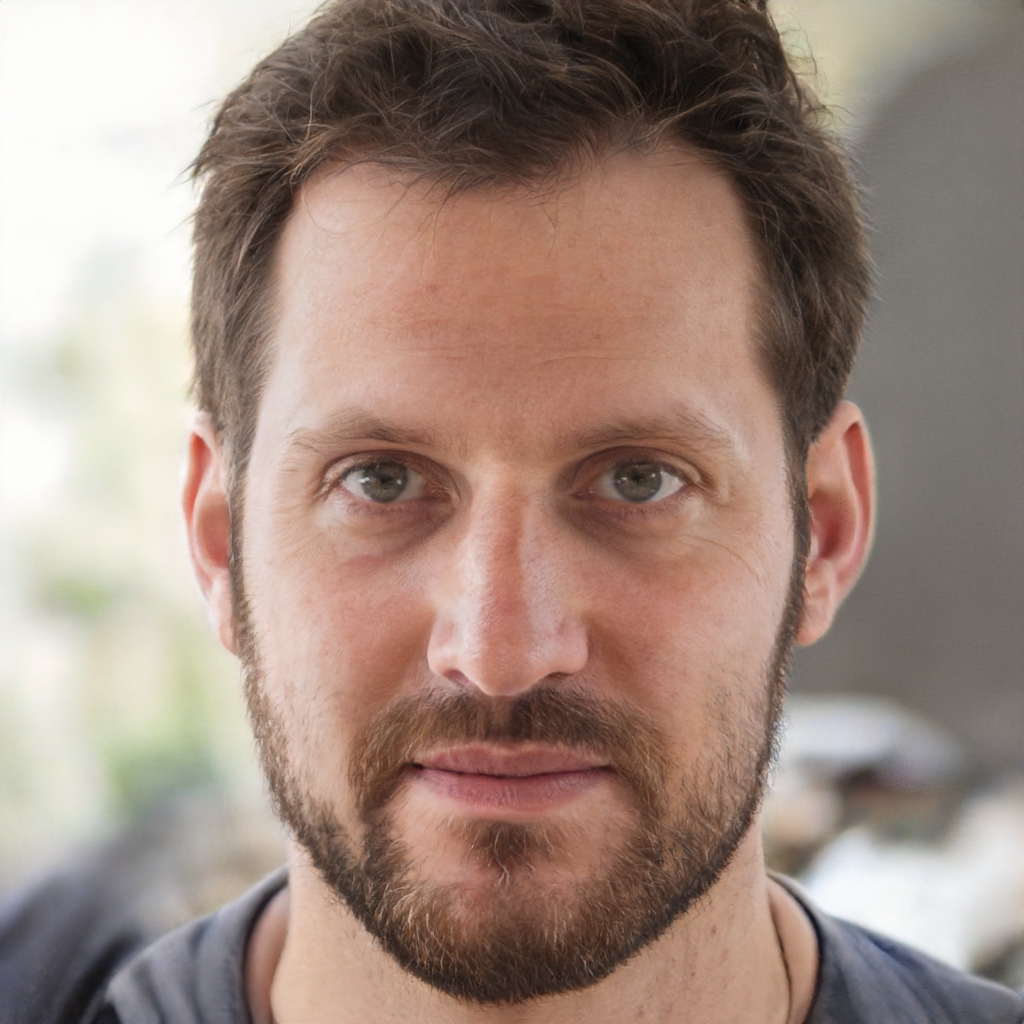Tight Monetary Policy: What It Is, How It Works, and Its Benefits What is the difference between a tight and loose monetary policy? A tight monetary policy is one in which the central bank (in the United States, this would be the Federal Reserve) raises interest rates in order to slow the economy and reduce inflationary pressures. A loose monetary policy is one in which the central bank lowers interest rates in order to stimulate the economy. What are the 3 tools of monetary policy? The three tools of monetary policy are:
1. Open market operations
2. Discount rate
3. Reserve requirements
What is meant by tight fiscal policy? Tight fiscal policy is a policy undertaken by a government in order to reduce its budget deficit. This policy involves reducing government spending and/or increasing taxes. The purpose of tight fiscal policy is to decrease the amount of money that the government borrows, in order to reduce the government's debt.
What is the difference on the money supply between an easy money policy and a tight money policy quizlet?
The answer to this question depends on the country in question and its monetary policy. Generally speaking, an easy money policy refers to a monetary policy stance in which the central bank of a country keeps interest rates low in order to encourage economic growth. A tight money policy, on the other hand, is a monetary policy stance in which the central bank of a country raises interest rates in order to curb inflation.
In terms of the money supply, an easy money policy will typically lead to an increase in the money supply, as there will be more money available for lending and investment. A tight money policy, on the other hand, will typically lead to a decrease in the money supply, as lending and investment will be more expensive and thus less likely to occur.
How the tight monetary policy works Keynesian view?
The Keynesian view on how tight monetary policy works is that it increases the cost of borrowing, which in turn slows economic growth and increases unemployment. The rationale behind this is that when interest rates are higher, businesses are less likely to invest in new projects and consumers are less likely to take out loans for big-ticket items. This results in less money being circulated in the economy, which slows economic growth. In addition, higher interest rates make it more difficult for people who are already unemployed to find jobs, as they can't afford to take out loans to pay for job search expenses.
